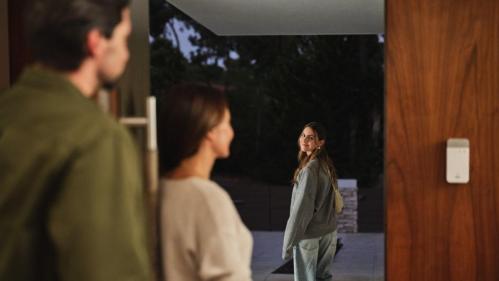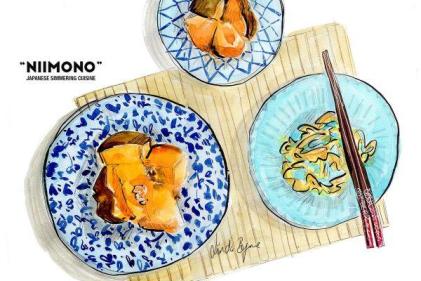Kids and chaos often go together. There are, however, a few ways that you can make keeping organised a little easier for your family.
The first thing you need to do is realise that there is a problem and commit to coming up with a solution. Don’t rush out and buy expensive containers, cabinets and other equipment, at least not until you’ve formulated a plan to tackle the clutter.
Taking your organising room by room, starting with living areas and expanding to bedrooms and other parts of the house is the easiest way to tackle a house full of clutter. Trying to tackle everything at once will simply be too daunting, and too hard to keep track of. You will also need to be brutal with what you keep and what you throw away. Sentimentality is one thing, but keeping everything you’ve ever owned is something completely different. When you tackle each room, sort through everything. Things you use often or that are valuable or genuinely have sentimental value can stay, things that are in good working order, but never used can be sold or donated to charity, and things that are broken or too old should be thrown away.
Get your children involved in organising and make storage areas sensible and easy to stick to on a daily basis. After all, if you can make organising a part of your daily routine, you’ll never have to do a major tidy or de-clutter again.
Simple secrets for organising on a room by room basis may also come in handy. For instance, in your hall or entryway, you might like to put up hooks for keys, coats and other items. Adding in and out trays for items that you need to remember when you leave and those you bring home with you, is another great idea.
When you do add shelving, hooks, cubby holes and other organisational items to your entrance area, it’s a good idea to put some of them at the usual height and some at a lower, more child friendly level.
Your kitchen can also be easily adapted to be more organised. Purpose made shelf dividers, spice racks and holders for pot lids are just some of the organisational tools that help. Adding a black or white board where you can keep track of everyone’s schedules and to-do lists is another great idea for the kitchen and organising your grocery and utensil cupboards and drawers so that often used items are in the front, and those you rarely use are further back is another great idea.
For your children’s rooms, there are even more great ideas you can use. The first tip is to divide the room into zones or areas. Have a toy area, an arts and crafts area, a reading nook and a dressing area for instance. Make sure that your child’s furniture is child sized and that hooks and shelves are easily accessible. Adding boxes and bins for toys and separating them by type is another good idea as is discarding the packaging from toys – unless they have a warranty that requires the original packaging to be intact.
Being selective and alternating toys is another good idea. Throw out broken toys and consider donating toys that your child has outgrown to charity. Divide the rest in half and put one half in the attic, while your child plays with the others. That way, when one half of the toy collection gets boring you can resurrect the other half that’s been stored. Keep your child’s artwork organised too by selecting the best ones and storing them in a file or box.
Get your child involved in cleaning up by labelling storage bins with pictures of toys, books and other items, and buy putting two washing baskets, one for whites and one for colours, in their rooms.
In the bathroom, there are a few simple tips that you can use to make things a little more organised. First, make sure that you have a toy basket or bag that you can store your child’s toys in. They’re usually made from mesh or netting and they let water out, while containing the toys. Assigning everyone in your family a colour for towels, face cloths, toothbrushes and other bathroom items also makes it easy to keep track of who has what, and prevents arguments.
In your own bedroom, make the most of storage by putting extra rails in your cupboards or by investing in cupboard organisers. If you have space above your cupboards, baskets or pretty boxes can also give extra storage for out of season clothes and other items. De-cluttering your bedside tables is also easy if you place a basket or container on each side of the bed to hold any stray items, and placing hooks behind your door for dressing gowns and other items is another good de-cluttering idea.
In the family room or living area, de-clutter by designating a space for remote controls, using wire management systems to detangle power cords, and storing CD’s and DVD’s out of sight in drawers or baskets.
Spend time going through books, magazines and photographs, and keep only those that you really look at often. If you can’t bear to part with photographs, then putting the less than perfect shots in a box is a good idea.
Adding a toy box or basket in the family room and making one area of the space a ‘child zone’ is another way that you can keep your living room tidy and still make it a place that your kids want to be.
Lastly, if you have a home office or study or you want to organise your administrative tasks, invest in files for accounts, software to manage your payments (or look into open source alternatives that are free) and get a filing cabinet to keep all your important paper work in.





